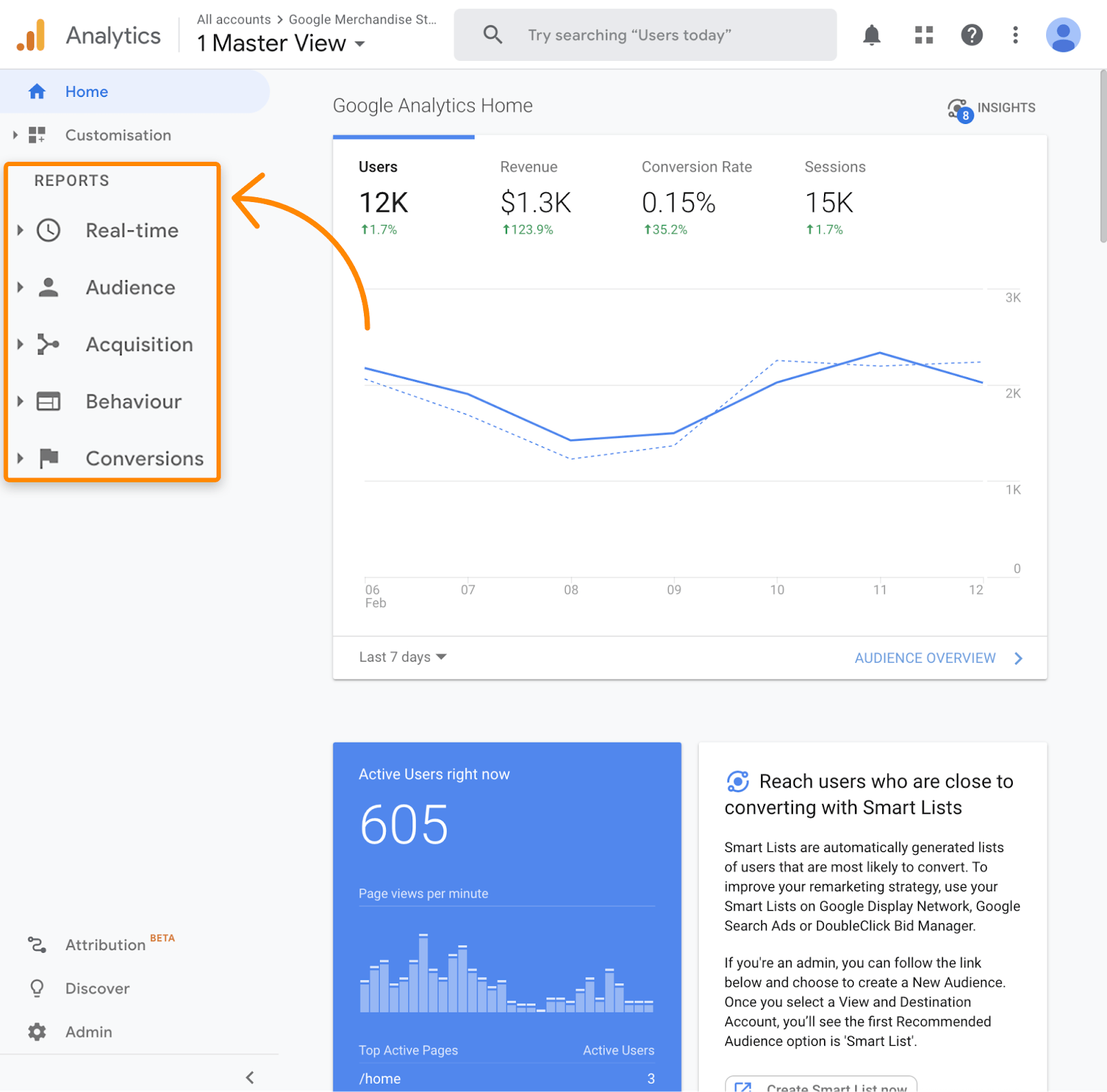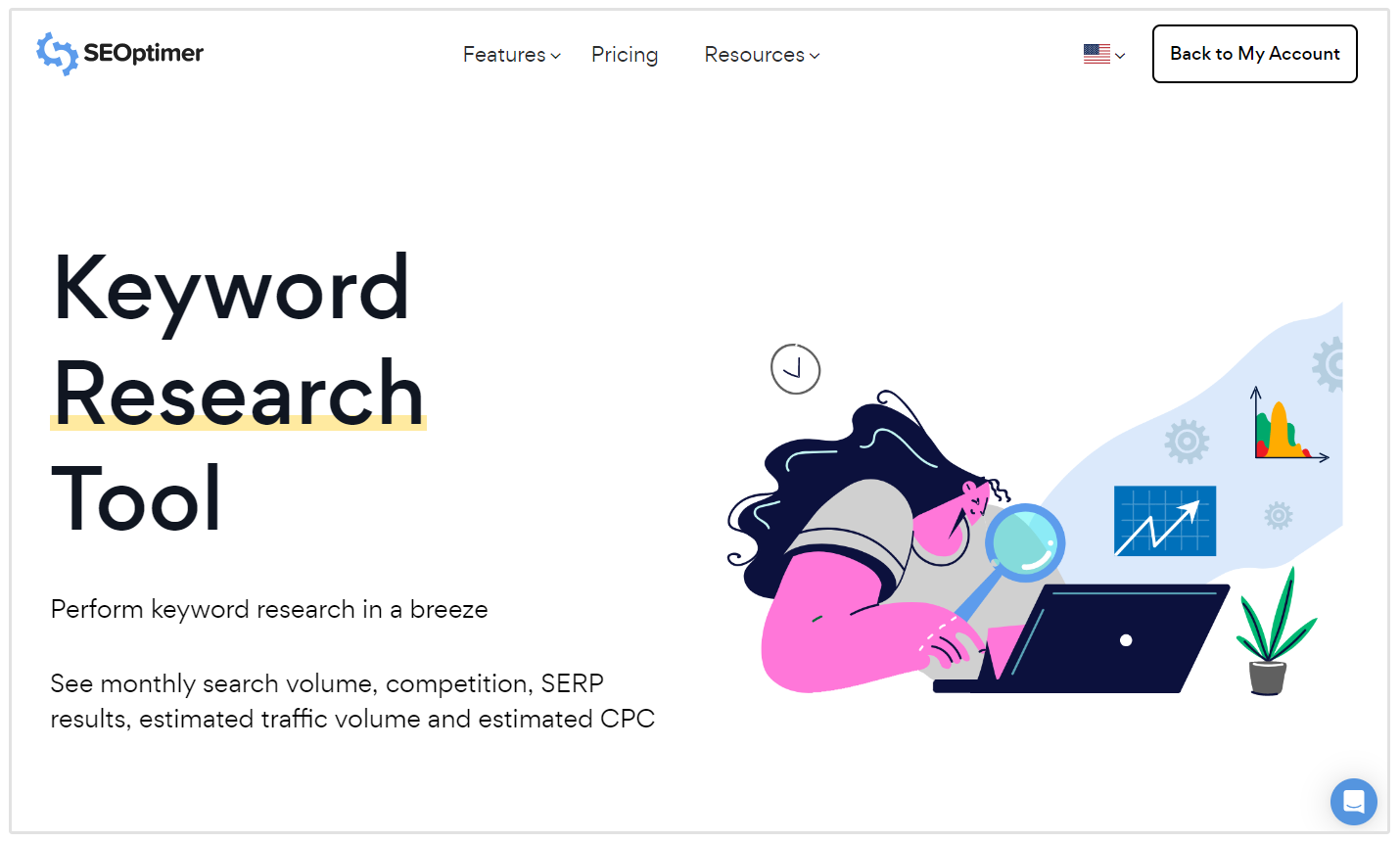Discovering the Concept of Secondary Dimensions in Google Analytics: Meaning and Tactical Execution
Discovering the Concept of Secondary Dimensions in Google Analytics: Meaning and Tactical Execution
Blog Article
Revealing the Effect of Secondary Measurement in Google Analytics on Information Analysis and Insights
In the world of information analytics, the use of additional measurements within Google Analytics has arised as a crucial tool for extracting deeper understandings and unraveling facility patterns that might otherwise remain obscured. By peeling off back the layers of primary data collections, second dimensions provide a nuanced point of view that enhances the understanding of individual actions, site efficiency, and the effectiveness of marketing approaches. The real effect and untapped capacity of additional dimensions are commonly underestimated, overshadowed by the appeal of key metrics. As we navigate with the complex landscape of data analysis, the value of secondary dimensions ends up being increasingly apparent, losing light on vital information that hold the key to notified decision-making and calculated optimizations.
Discovering the Concept of Secondary Measurements
Additional dimensions in Google Analytics give extra insights by enabling individuals to evaluate key data in conjunction with an additional quality. By incorporating additional measurements, users can dive deeper right into the information and uncover useful connections that could otherwise go unnoticed - what is a secondary dimension in google analytics.
Recognizing the concept of second dimensions is critical for making the most of the capacity of Google Analytics. It permits users to section information effectively, recognize patterns, and make notified decisions based upon an extra full image of their analytics information. By exploring the various additional measurements available in Google Analytics, individuals can unlock brand-new understandings and enhance their electronic marketing efforts. In essence, additional dimensions function as a powerful device for improving data evaluation and driving actionable results.
Enhancing Information Analysis With Additional Measurements
Having actually established the foundational understanding of additional dimensions in Google Analytics and their crucial duty in data evaluation, the emphasis now shifts in the direction of leveraging these additional qualities to improve the interpretation of analytics information (what is a secondary dimension in google analytics). By including additional dimensions into data analysis, analysts can gain much deeper insights right into individual behavior, web site efficiency, and advertising effectiveness

Furthermore, second measurements assist in contextualizing primary information metrics by supplying additional layers of details. This contextualization help in comprehending the 'why' behind the data fads, helping analysts make informed optimizations and choices to enhance overall performance. Eventually, integrating second dimensions improves the data analysis process, leading to even more pop over here strategic actions and significant insights.
Discovering Hidden Insights Through Additional Measurements
Discovering the midsts of analytics data with additional measurements reveals valuable understandings that would otherwise continue to be obscured. By including additional measurements in Google Analytics, companies can uncover covert patterns, patterns, and relationships that offer a more detailed understanding of customer habits and website performance. These extra layers of information enable experts to delve deeper right into the key dimensions, such as traffic sources or landing web pages, and obtain an extra nuanced point of view on just how various variables interact with each other.
With the usage of additional dimensions, analysts can segment and compare data across numerous measurements, allowing them to determine details factors that influence individual involvement, conversion prices, and general success metrics. By matching the main dimension of 'device category' with the additional dimension of 'age team,' marketing professionals can determine which age demographics like accessing the internet site via mobile tools versus desktop computers.
Leveraging Second Measurements for Actionable Analytics
Building upon the insights revealed with second measurements in Google Analytics, companies can now harness this enriched data landscape to drive actionable analytics and calculated decision-making. By leveraging additional measurements, organizations can dig Read More Here deeper right into their data to remove important patterns, patterns, and correlations that might have previously gone unnoticed. This much deeper degree of analysis enables businesses to acquire a more comprehensive understanding of individual behavior, project performance, and total site effectiveness.
One key benefit of making use of additional measurements for actionable analytics is the capacity to segment information based upon specific standards. This division allows services to customize their techniques and projects to different audience groups, causing much more targeted and efficient advertising initiatives - what is a secondary dimension in google analytics. In addition, additional measurements supply a more alternative view of individual communications, enabling services to optimize what is a secondary dimension in google analytics their site content, style, and overall customer experience
Optimizing Decision-Making With Additional Measurements
To boost critical decision-making in analytics, leveraging secondary measurements in Google Analytics can provide a much more nuanced perspective on individual behavior and campaign performance. By integrating second measurements right into data evaluation, services can dig deeper right into the specifics of their website visitors' communications and interaction patterns. This additional layer of info permits an extra comprehensive understanding of exactly how different variables, such as demographics, tools, or web traffic resources, impact vital performance signs.

Verdict
Finally, the usage of second dimensions in Google Analytics plays an essential function in improving information evaluation and revealing covert insights. By discovering this principle, one can get a much deeper understanding of individual actions and make informed choices based on workable analytics. Leveraging additional dimensions enables a more comprehensive interpretation of data and takes full advantage of the effectiveness of decision-making procedures.

Report this page